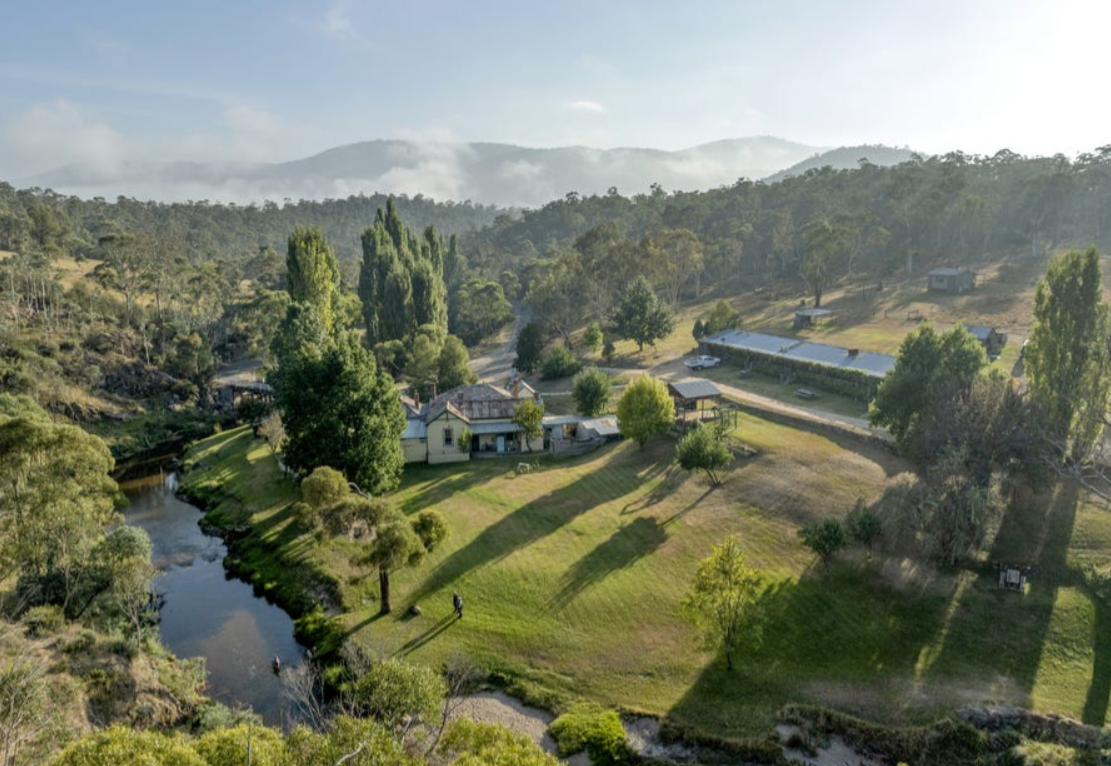This is the second article of our ‘Understanding SMSFs’ series, where we break down the nitty-gritty of what an SMSF actually is, how to set one up and potential tax benefits. In this post, we explain the pros and cons of investing in property through an SMSF.
In case you missed it, read our first piece introducing the ‘What and Why’.
SMSFs and residential property
As of March 2018, SMSFs (self-managed super funds) had invested $34.9 billion in residential property – doubling in amount since 2013.
For the 1.2 million Australians who manage their superannuation through an SMSF, residential property now represents 5% of total assets. With this figure only growing, there are many pros that make purchasing an investment property through your SMSF appealing including tax benefits, extra control and transparency, but there are also some risks investors need to be wary of.
What are the tax benefits?
Purchasing an investment property through your SMSF offers tax incentives such as a lowered rate on Capital Gains Tax which is generally taxed at a concessional rate of 15%. Then, once you’re retired and receiving a pension, any property investments through an SMSF are taxed at 0%.
Contributions tax on rental income is also charged at a lower rate for SMSFs. When you have an investment property in your own name, tax will be payable based on your personal tax rate and could be up to 46%. However, superannuation investment earnings receive a lowered rate which is capped at 15%.
Can my SMSF invest in a managed property fund?
Investing in property funds is a great option for an SMSF as the rules allow for the investment in parcels of identical shares (in one company) or units (in a managed fund). Additionally, this option allows the SMSF to create a diversified property portfolio without having the required deposit, and by removing the responsibility of asset management, leasing the property, maintaining and financing any repairs.
However, just as there are strong pros there are also some complex cons. If you’re one of the 600,000 Australians who manage their superannuation through an SMSF then you’re probably aware of the complexities when it comes to including property in your portfolio. Property investment does take a lot of preparation, ongoing management and there are regulations that must be adhered to.

What are the rules?
Buying property through your SMSF can often be more costly than purchasing it as an individual. This is due to the higher deposit amount required by banks (some require up to 40%), with some banks expecting you to hold a minimum amount in your account.
When it comes to who can live in the property there are some strict rules, the property cannot be lived-in by yourself or any family member, even if they pay market-based rent. Additionally, if you own a business, you cannot lease the space for commercial use.
What are the risks?
As with any property investment, there are also general property market risks and selling can be a long and complex process – if the market hasn’t increased, even paying stamp duty could end up taking funds away from your precious nest egg.
And finally, while the property could provide you with a steady monthly income, you may experience times where you don’t have a tenant, maintenance is required or major damage has occurred – these instances again will deduct money from your superfund.
There are many pros and cons to investing in property through your SMSF – all things you should consider and balance when deciding whether they’re the way you’d like to save for your retirement.
Did you know? There are currently over 150 members who invest their SMSF with BrickX!
Next up in the Understanding SMSFs series:





